Publish Date: Jan 29, 2021
The Unstereotype Alliance and Kantar measured over 3,500 advertisements across 56 countries, 1,100 brands and 29 categories between 2019-2020 and found that progressive advertising is more powerful, distinctive, resonant and is linked with a higher intention to purchase.
The global data was captured by the Unstereotype Alliance’s 'Unstereotype Metric’ (UM), an open-access tool that measures how well a piece of advertising presents a progressive or regressive image of the female and/or male character(s).
The UM is a single measure question that can be applied to advertising creative at any stage of the process through to completion. Advertisers are encouraged to apply the UM and test creative early to shape the final campaign and reap benefits. Key findings from the UM include:
1. Progressive advertising is powerful, impactful, distinctive and effective.
- Progressive advertising isn't only the right thing to do from a social impact perspective, it's also more powerful, distinctive, resonant and is linked with a higher intention to purchase.

2. In particular, ads which show progressive portrayals of men drive brand distinctiveness.
Consumers find advertising that shows male characters with caring personalities to be progressive. The approach not only challenges gender stereotypes but is also a key driver of ‘brand distinctiveness’ — a measure of how well the ad cuts through and is memorable.
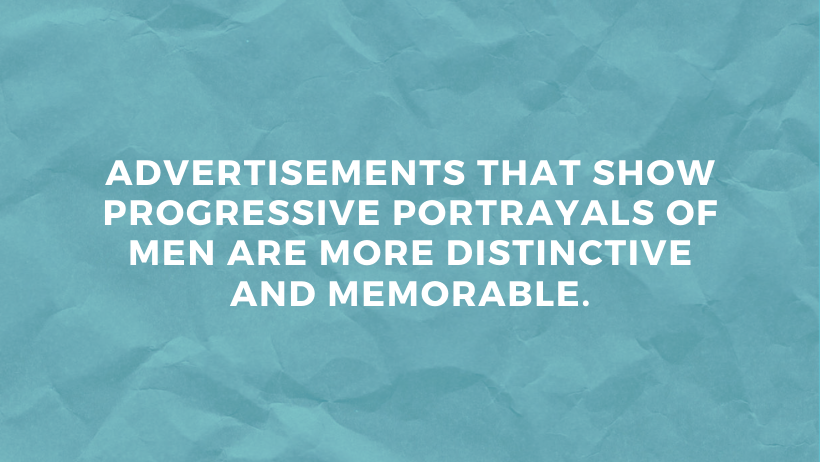
3. As a whole, more ads are including both women and men, and giving women characters a more prominent role.
- Ads are increasingly casting both women and men, rather than only women or only men.
- In ads that cast both women and men, women are increasingly getting more screen time.
- In ads that cast both women and men, women are increasingly getting more speaking time.
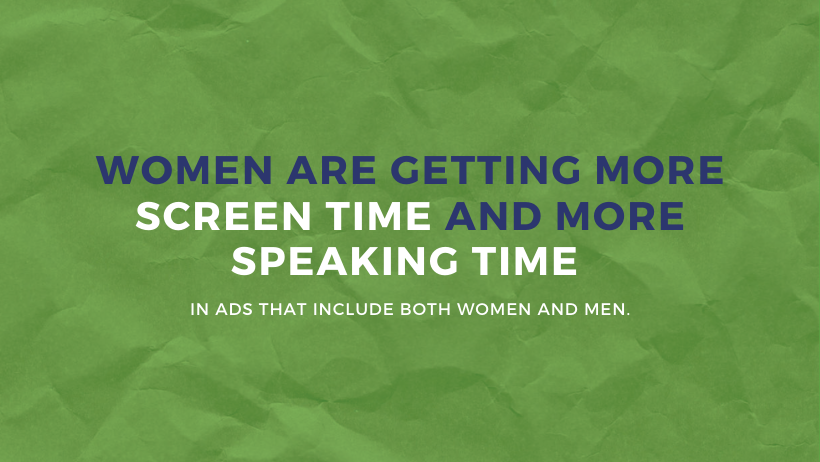
4. However, traditional gender roles are still overwhelmingly shown in advertising.
- Although women are being given more screen and speaking time in ads, both men and women are still, unfortunately, overwhelmingly shown in traditional gender roles.
- Only 7% of women and 9% of men are shown in non-traditional, unstereotyped roles.
- Ads that cast women and men in non-traditional gender roles help dismantle the harmful stereotypes that underpin gender inequality. And yet, most ads default to stereotypical depictions of men and women.
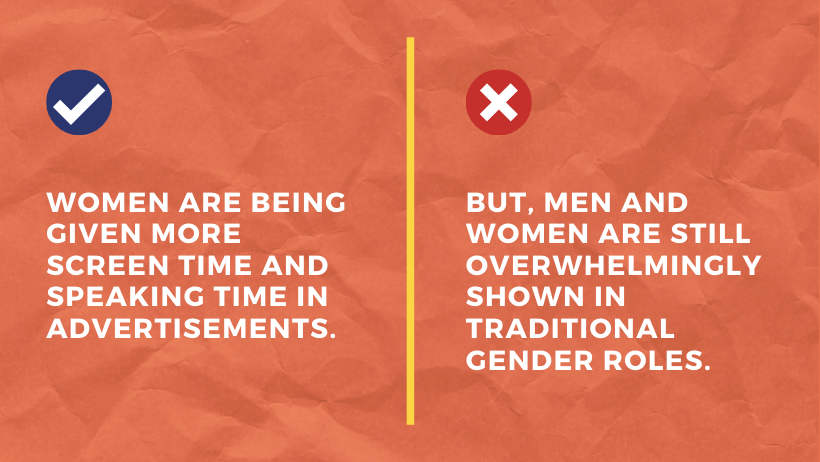
5. Ageism abounds in advertising.
- Most characters in ads appear younger than 40.
- 30% of ads cast a man who appears 40 or older while just 19% cast a woman who appears 40 or older.
- Men are cast older almost twice as often as women.
- We need progressive advertising that celebrates the world around us, in all its diversity.
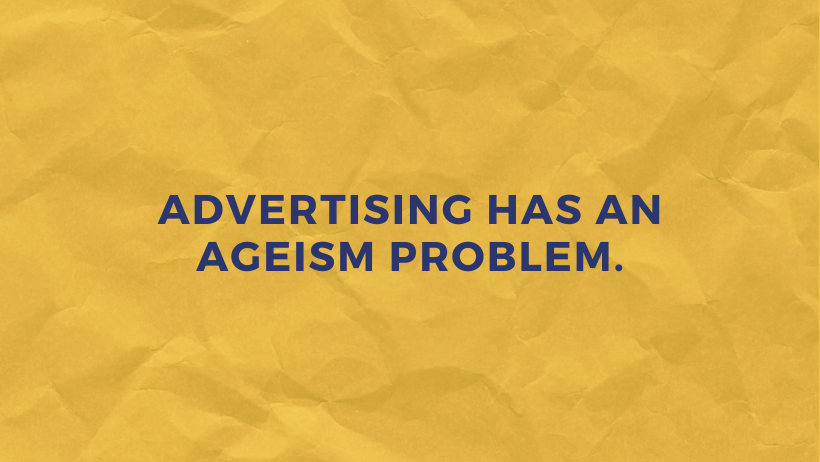
6. Progressive depictions of women in advertising have slowed since COVID-19.
- Before COVID-19, the advertising industry was making steady steps towards more equal and stereotype-free depictions of gender.
- Since March 2020 however, progress has plateaued as the industry grapples with the pandemic.
- During the same time period, ads have been less likely to show women in speaking roles or working, and more likely to cast women in traditional gender roles.
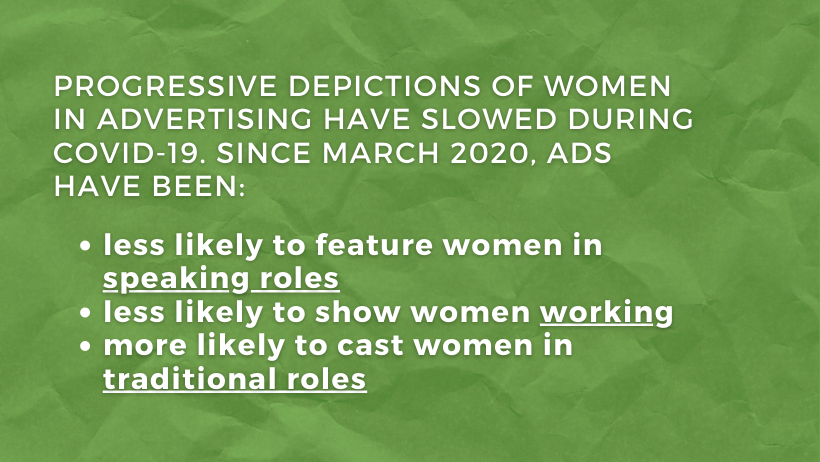
7. Diversity of people in advertising is still relatively limited.
- Of the 3,500 ads measured, only 22% included a mixture of ethnic origins or skin colour and only 22% cast women with diverse body types.
- The ad industry still has much work to do before it reflects and celebrates the world around us, in all of its diversity.
- Advertisers must consider intersectionality - the multiple ways social identities overlap - to truly create diverse and inclusive content.
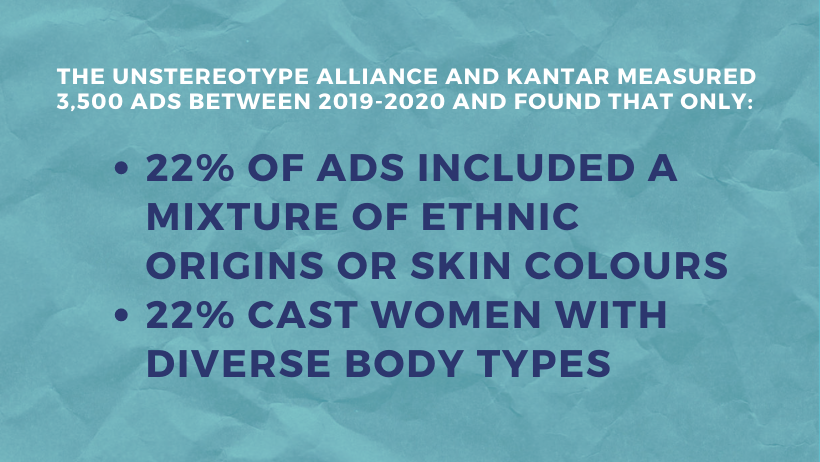
8. Different drivers exist for creative positive portrayals of men and women.
- Consumers have different expectations about what constitutes progressive portrayals of men and progressive portrayals of women.
- Important drivers of progressive portrayals include more screen time for female characters and stories told from the female character’s perspective.
- Males depicted with caring personalities and shown together with children are considered to be progressive.
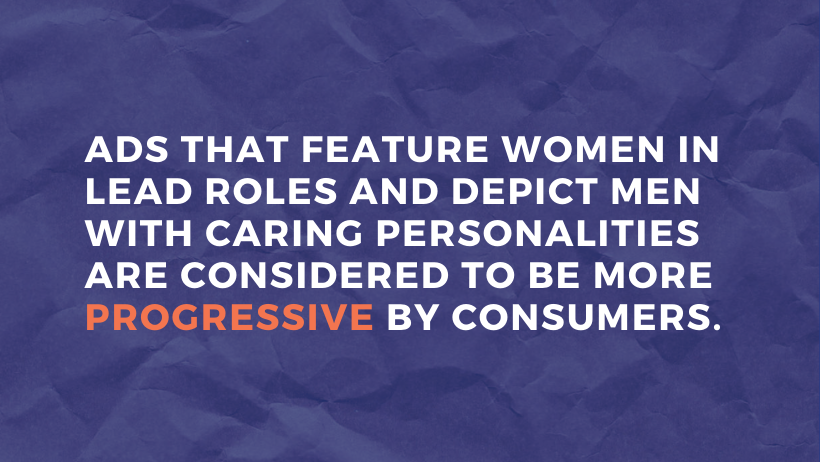
For more information about the Unstereotype Metric please download this guide or email unstereotypealliance@unwomen.org.

